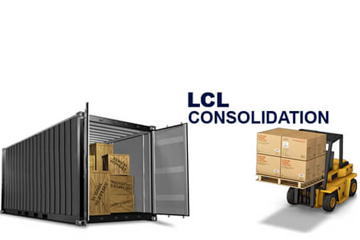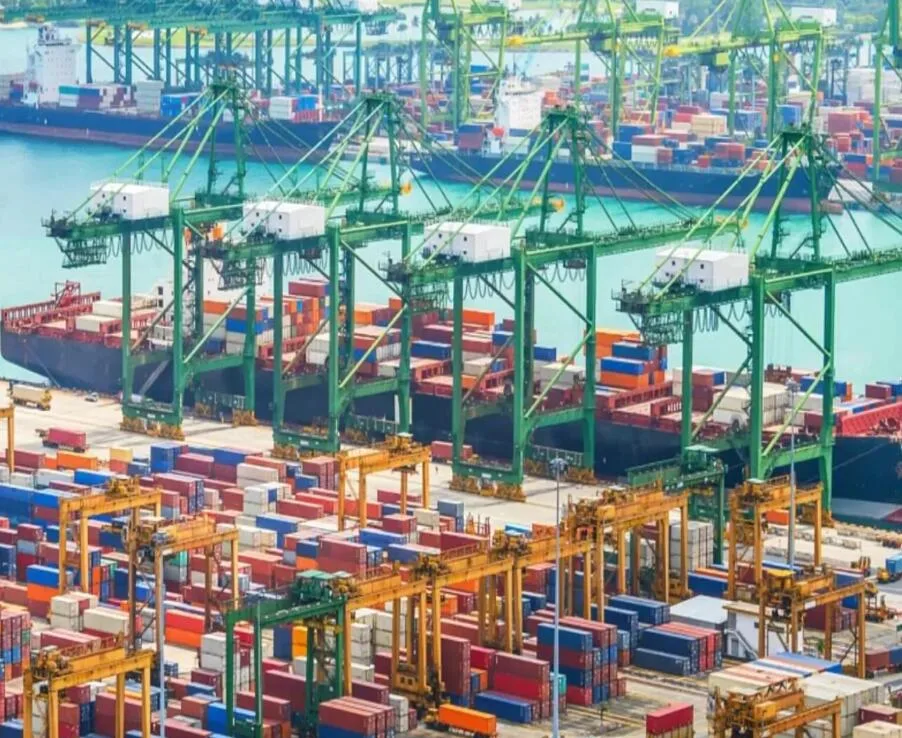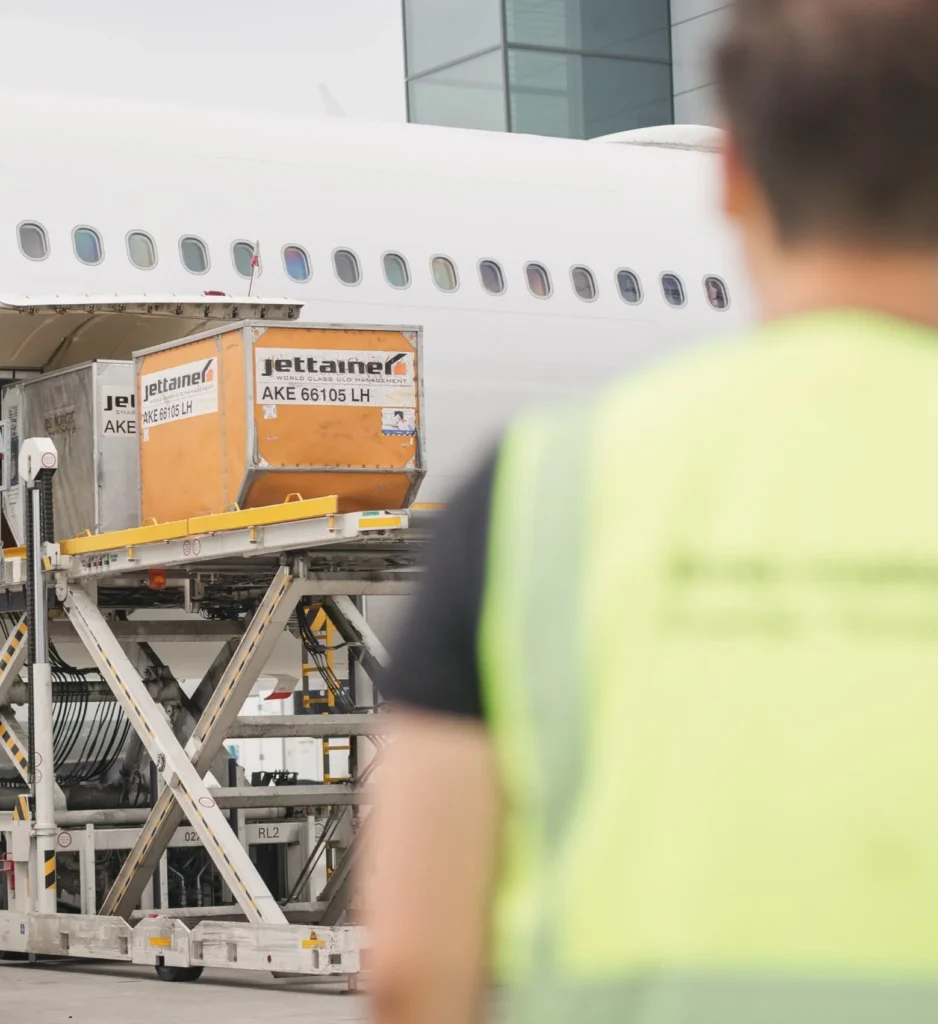- By Della tj
- November 10, 2025
- Sea Freight, Shipping
Global supply chains continue to evolve, making professional LCL shipping from Shenzhen to Germany a highly efficient choice for businesses seeking flexible, affordable logistics. Although full containers offer cost advantages for large shipments, LCL—Less-than-Container Load—ensures small and medium cargo consignments move quickly without waiting for larger volumes.
What Is Professional LCL Shipping From Shenzhen to Germany and Why Does It Matter?
Companies increasingly depend on consolidated cargo solutions to reduce inventory pressure and improve cash flow. Although LCL shipments are smaller than full containers, professional LCL shipping from Shenzhen to Germany provides stable rates, shared container access, and smooth customs coordination throughout major German ports like Hamburg, Bremen, and Duisburg. Moreover, LCL reduces warehousing costs because goods can be shipped as soon as they’re ready instead of waiting for full container loads.
Table: Shipping Method Comparison
| Method | Transit Time | Cost Level | Strengths | Weaknesses |
|---|---|---|---|---|
| LCL | 28–40 days | Low–Medium | Flexible, economical | Slightly longer handling |
| FCL | 25–35 days | Low | Best for large cargo | Requires high volume |
| Air Freight | 5–9 days | Medium–High | Fastest | Expensive |
| Rail Freight | 15–22 days | Medium | Stable cost/time | Limited oversize |
Aditionally, German logistics infrastructure supports excellent inland distribution, making LCL ideal for e-commerce, industrial goods, and multi-supplier orders.
How Much Does LCL Shipping Cost From Shenzhen to Germany?
Pricing depends on cargo volume, packaging dimensions, consolidation schedule, and destination port. Although rates fluctuate, LCL offers a cost-effective alternative for smaller shipments.
Table: Estimated LCL Pricing (CBM-Based)
| Volume (CBM) | Estimated Cost (USD/CBM) |
|---|---|
| 0.5–1 CBM | $120 – $180 |
| 1–3 CBM | $110 – $165 |
| 3–8 CBM | $95 – $150 |
| 8+ CBM | Negotiable |
Moreover, freight charges include consolidation fees, documentation, terminal handling charges, and destination port surcharges. When calculated carefully, LCL often reduces total logistics expenses for SME importers.

How Long Does LCL Shipping Take From Shenzhen to Germany?
Transit time varies across ports and service providers. Although direct vessels offer faster sailing times, transshipment adds several days.
Table: Transit Time by German Destination
| Destination | Average Transit Time |
|---|---|
| Hamburg | 28–35 days |
| Bremen | 30–38 days |
| Duisburg (via rail-sea combo) | 32–40 days |
| Frankfurt (via trucking) | 35–42 days |
Additionally, customs clearance in Germany is efficient when documentation is correct, helping importers reduce delays and speed up last-mile deliveries.
What Documents Are Required for LCL Shipping to Germany?
Proper documentation ensures smooth clearance and compliance with EU import regulations. Although LCL cargo often includes multiple suppliers, consistent paperwork prevents customs complications.
Table: Essential Documentation Checklist
| Document | Purpose |
|---|---|
| Commercial Invoice | Declares value for customs |
| Packing List | Confirms quantity and weight |
| HS Code | Determines duty & VAT |
| Bill of Lading | LCL transport document |
| CE Certificate | Required for electronics, toys, machinery |
| MSDS | Required for chemicals or battery cargo |
Moreover, Germany’s Zoll authority enforces strict safety standards, making accurate labeling and product documentation essential.
- Consult TJ China Freight Forwarding for the lowest quote. They will provide you with reliable, cost-effective service.
Why Choose LCL Instead of FCL, Rail, or Air Freight?
Importers choose LCL for its flexibility, cost efficiency, and accessibility. Although FCL is cheaper per unit, it requires large volumes, while air freight is ideal only for urgent shipments.
Table: Pros and Cons of Air, Sea, and Rail Freight
| Method | Pros | Cons |
|---|---|---|
| LCL | Low cost, flexible volume | Longer handling time |
| FCL | Best unit cost | Needs full load |
| Air Freight | Fast | Expensive |
| Rail Freight | Balanced option | Not ideal for bulky cargo |
Furthermore, LCL avoids the high warehousing costs associated with volume accumulation, improving the overall supply chain flow.
Real Case Studies of LCL Shipping From Shenzhen to Germany
Case 1: Shenzhen → Hamburg (Electronics, 2.6 CBM)
- Mode: LCL Sea Freight
- Cost: $345 total
- Transit Time: 34 days
The importer combined multiple supplier shipments into one consolidated consignment, reducing both inventory pressure and cost.
Case 2: Shenzhen → Bremen (Furniture Parts, 4.1 CBM)
- Mode: LCL + Door Delivery
- Cost: $520 total
- Transit Time: 32 days
Efficient packaging reduced dimensional volume, lowering charges and maintaining strong delivery performance.
How to Reduce LCL Shipping Costs From Shenzhen to Germany
Companies can reduce LCL expenses through smarter planning and optimized handling. Although freight rates remain partially fixed, importers can still minimize charges.
Cost-Saving Techniques
- Combine supplier cargo into one consolidation
- Optimize packaging to reduce CBM
- Ship on non-peak schedules
- Reduce unnecessary documentation fees
- Choose direct-sailing LCL routes
- Use rail-sea hybrid routes for faster value deliveries
Additionally, using standard export packaging helps prevent damage and ensures lower insurance costs.
How to Choose a Professional LCL Forwarder in Shenzhen
Selecting a reliable logistics provider ensures accurate consolidation, proper cargo labeling, and problem-free customs clearance. Although many forwarders advertise LCL services, only a few provide consistent and professional solutions.
Key Forwarder Qualities
- Stable weekly consolidation services
- Experience with German customs and EU regulations
- Strong network in Hamburg, Bremen, and Duisburg
- Transparent pricing structure
- Expertise in CE, MSDS, and HS classification
- Real-time cargo tracking
Moreover, established forwarders offer cargo inspection services, warehouse consolidation, and inland distribution across Germany.
Conclusion
Choosing professional LCL shipping from Shenzhen to Germany provides businesses with flexible volume options, predictable transit times, and reliable customs handling. Although LCL takes slightly longer than air freight, it offers a cost-effective solution for small-to-medium cargo shipments. By working with an experienced LCL forwarder, importers can reduce expenses, consolidate goods efficiently, and maintain stable delivery schedules across major German ports.
Request a Quote
Need a tailored solution for your shipping from China?
Let TJ China Freight Forwarder assist you with reliable, cost-effective service.
FAQs:
Q1.How can I reduce LCL shipping cost to Germany?
Optimizing packaging and combining smaller shipments helps minimize CBM charges, lowering the total cost of professional Shenzhen–Germany LCL shipping.
Q2.Do LCL shipments face customs delays in Germany?
Correct HS codes and accurate documentation reduce inspection risks, supporting smooth Germany-bound LCL cargo clearance.
Q3.Are CE certifications required for goods shipped to Germany?
Certain products require CE documents, ensuring compliance and supporting efficient Shenzhen-to-Germany LCL import processes.
Q4.Is LCL suitable for mixed cargo from multiple suppliers?
LCL is ideal for multi-supplier consolidation, offering flexible volume options for smaller Shenzhen-Germany shipments.
Q5.Can fragile goods be shipped via LCL?
Yes, professional packing and proper labeling protect fragile goods while maintaining stable LCL shipping performance across Germany routes.




